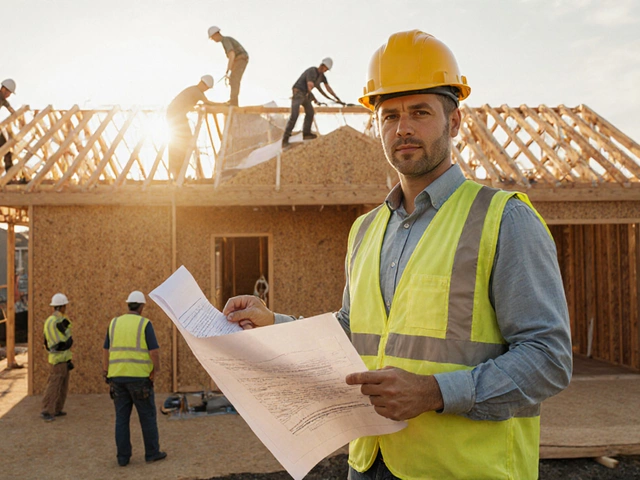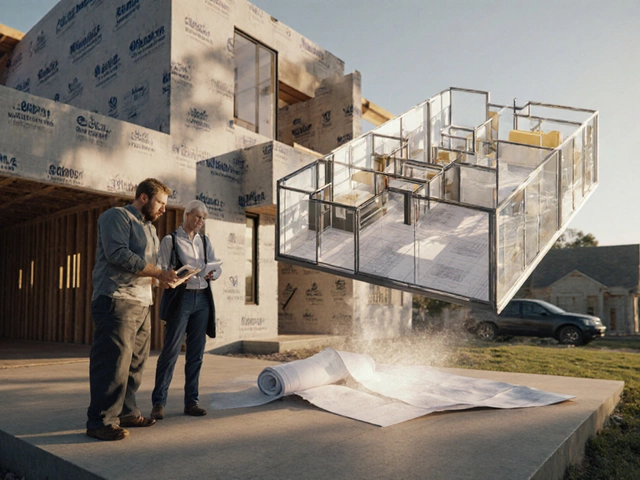Old House Problems: What Causes Trouble in Historic Homes
When dealing with old house problems, the set of challenges that appear as a building ages, including moisture, settlement, and obsolete systems. Also known as historic home challenges, this topic brings together a mix of structural, environmental, and cosmetic issues that can affect any older property. Understanding these problems helps you decide whether to repair, replace, or simply manage the quirks of a vintage house.
Common Issues in Older Homes
One of the first things owners notice is damp issues, moisture that seeps through walls, floors, or roofs, leading to mold, wood rot, and unhealthy indoor air. Addressing damp issues requires proper ventilation, drainage upgrades, and sometimes breathable paint. old house problems also include structural repairs, fixes for settling foundations, cracked joists, or sagging beams that threaten a home's stability. When a foundation shifts, you’ll notice doors that stick, uneven floors, or cracks spreading across plaster. The right solution often involves underpinning, joist reinforcement, or targeted wall bracing, depending on the severity. Another frequent headache is outdated wiring, electric systems installed decades ago that can’t safely handle modern loads. Old knob‑and‑tube or aluminum wiring poses fire risks and may trip breakers when you plug in high‑wattage devices. Rewiring a historic home demands a balance between safety codes and preserving original features like plaster walls or decorative trim. Hiring a certified electrician who respects the building’s character is crucial. Insulation gaps create energy waste and temperature swings, especially in homes built before modern building standards. Adding discreet insulation—such as blown‑in cellulose in attic spaces or interior wall panels—helps retain heat without compromising period details. Likewise, outdated plumbing, often made of galvanized steel or lead, can corrode and reduce water pressure. Swapping these pipes for copper or PEX ensures clean water and reduces leaks. Finally, many owners face aesthetic dilemmas: original fixtures that look great but are inefficient, or historic flooring that shows wear. Upgrading lighting to LED while fitting classic fixtures saves energy and maintains style. Restoring antique wood floors with a gentle sanding and compatible finish preserves charm while extending lifespan. Each of these areas—damp, structure, wiring, insulation, and finishes—interacts. For example, fixing a roof leak (a structural repair) also reduces damp, which in turn protects the framing and wiring from moisture‑related decay. That’s why a holistic approach works best: diagnose the root cause, then layer solutions that address both immediate safety and long‑term preservation. Below you’ll find a collection of guides that dive deeper into specific fixes, DIY upgrades, and professional services. Whether you’re planning a full restoration or just tackling a single issue, the posts ahead will give you clear steps, budget tips, and maintenance advice to keep your historic home healthy and beautiful.
Can a House Settle After 20 Years? The Real Truth About Long-Term Foundation Movement
Find out if houses can still settle after 20 years, what causes it, warning signs, and how to handle it. Get tips for keeping your home's foundation safe.
full article




